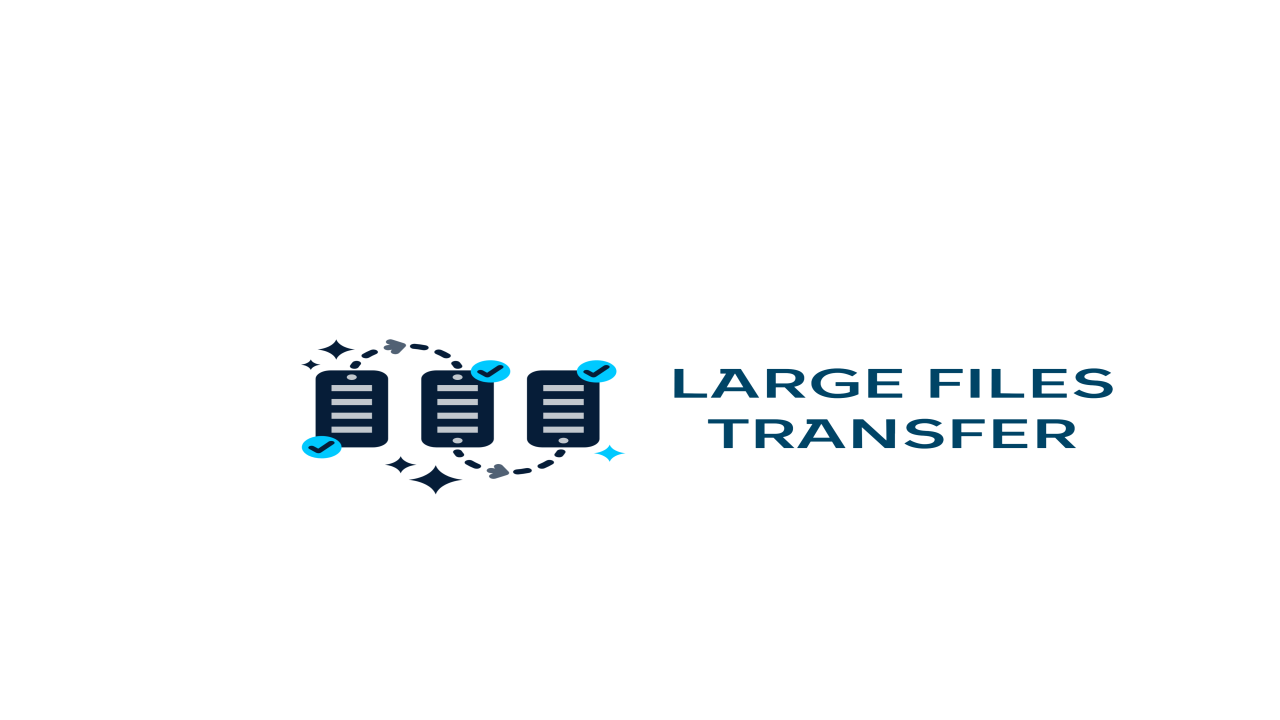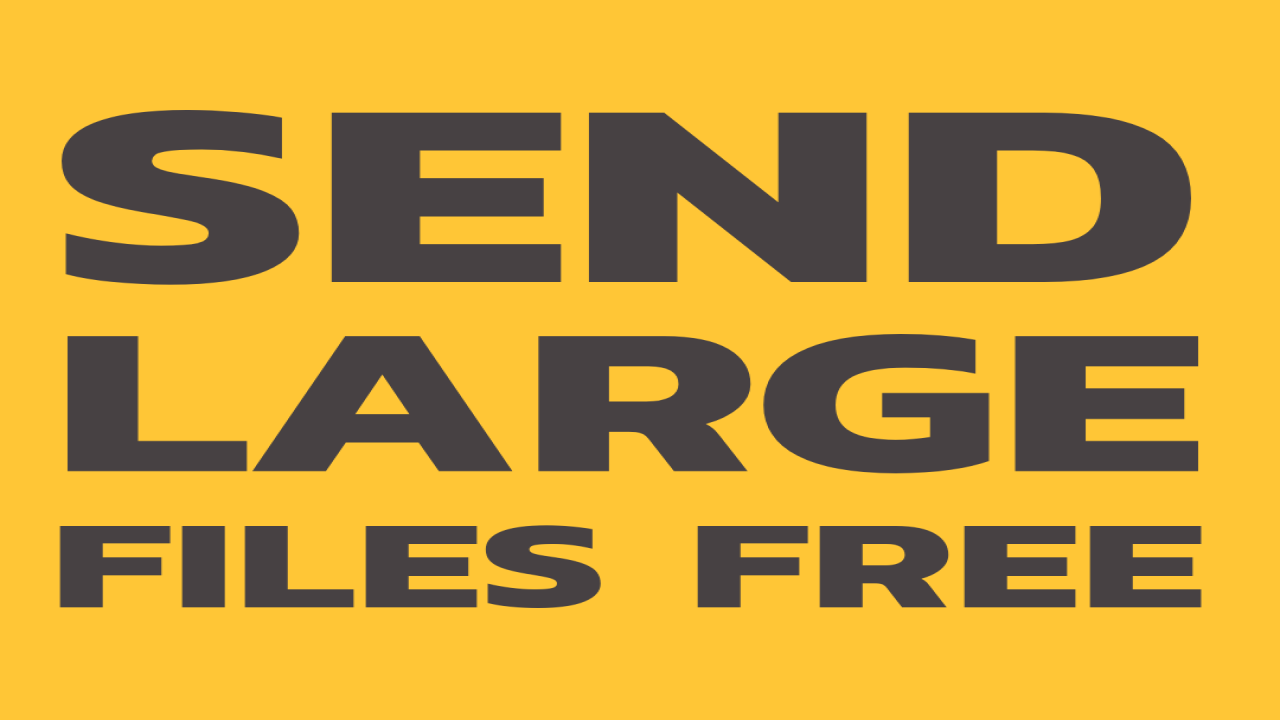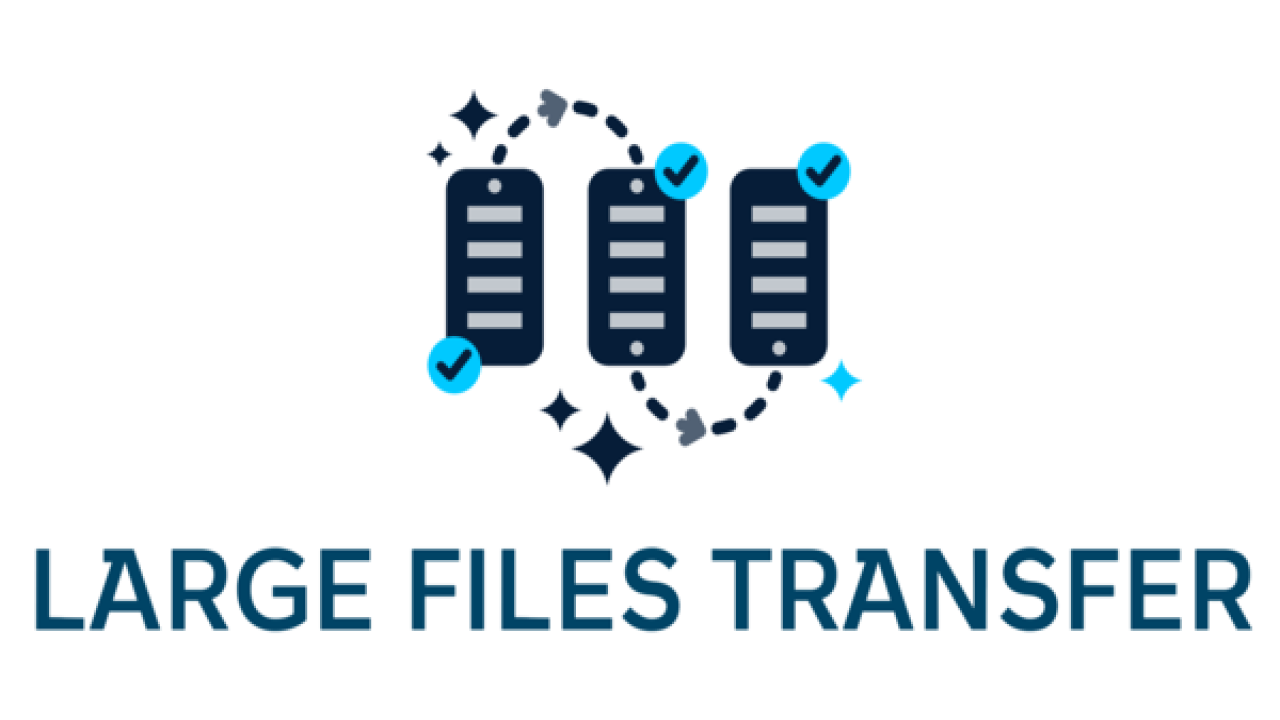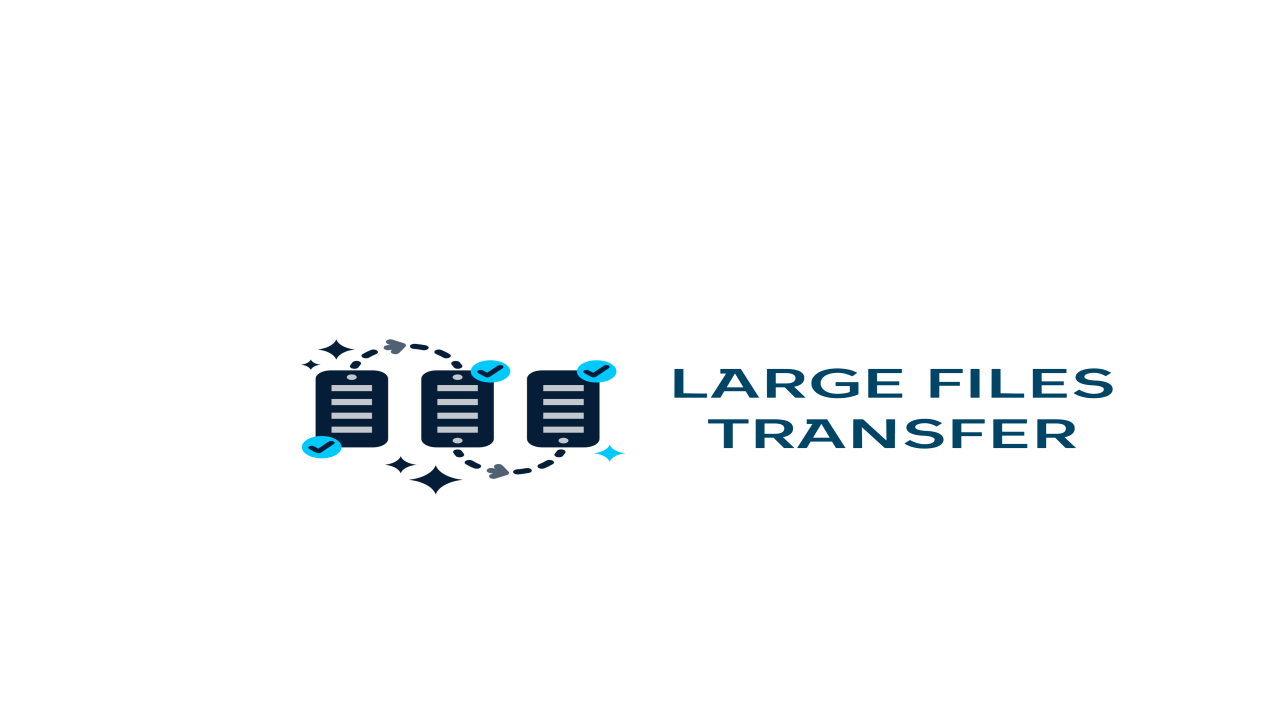Choosing the Right File Transfer Method: A Guide to Seamless Data Exchange
In the digital age, the ability to transfer files efficiently and securely is essential for businesses, organizations, and individuals alike. Whether you're sharing documents with colleagues, collaborating on projects with remote teams, or sending large media files to clients, selecting the appropriate file transfer method is crucial to ensuring seamless data exchange. With a plethora of options available, ranging from traditional protocols to modern cloud-based solutions, it's important to understand your specific needs and requirements to make an informed decision. In this guide, we'll explore how to choose the right file transfer method for your needs.
1. Identify Your Requirements
The first step in choosing the right file transfer method is to identify your specific requirements. Consider factors such as the size and type of files you need to transfer, the level of security needed, the frequency of transfers, and the technical capabilities of users involved. By understanding your requirements upfront, you can narrow down the options and focus on solutions that align with your needs.
2. Assess Security Needs
Security should be a top priority when selecting a file transfer method, especially when dealing with sensitive or confidential information. Evaluate the security features offered by different methods, such as encryption, authentication mechanisms, and access controls. Consider whether the method complies with industry regulations and standards to ensure data protection and compliance with legal requirements.
3. Consider File Size and Transfer Speed
The size of the files you need to transfer and the speed at which you need them transferred are important factors to consider. Traditional methods like email and FTP may have limitations on file size and transfer speed, while modern solutions like cloud storage and peer-to-peer networks offer faster speeds and support for larger files. Choose a method that can accommodate your file size and transfer speed requirements without compromising efficiency.
4. Evaluate Accessibility and Convenience
Consider the accessibility and convenience of the file transfer method for both senders and recipients. Traditional methods like email and FTP may require software installations or technical expertise, whereas cloud-based solutions offer intuitive interfaces and seamless access from any device with an internet connection. Choose a method that is easy to use and accessible to all parties involved to streamline the transfer process.
5. Scalability and Flexibility
As your business or organization grows, scalability and flexibility become important considerations. Choose a file transfer method that can scale with your needs and adapt to changing requirements over time. Cloud-based solutions often offer scalability and flexibility, allowing you to easily expand storage capacity and add users as needed without significant infrastructure changes.
6. Cost Considerations
Finally, consider the cost implications of different file transfer methods, including upfront costs, subscription fees, and ongoing maintenance expenses. While some methods may offer free or low-cost options, others may require a significant investment in infrastructure or licensing fees. Evaluate the total cost of ownership and consider the value provided by each method in relation to your specific needs and budget constraints.
Conclusion
Choosing the right file transfer method is essential for ensuring seamless data exchange, security, and efficiency. By identifying your requirements, assessing security needs, considering file size and transfer speed, evaluating accessibility and convenience, prioritizing scalability and flexibility, and considering cost considerations, you can select a method that meets your needs and empowers you to transfer files effectively in today's digital landscape. With the right file transfer solution in place, you can streamline collaboration, enhance productivity, and drive success in your business or organization.






Comments (0)